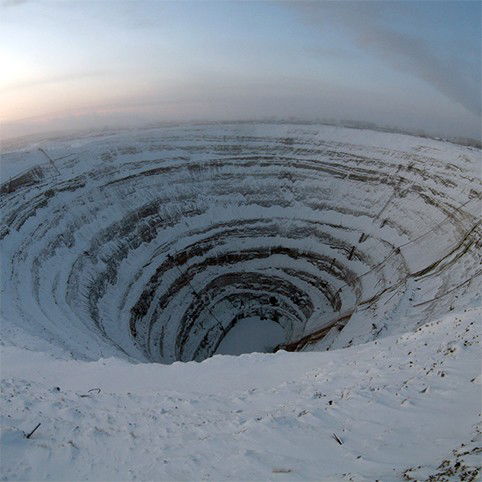Těžba surovin
Suroviny jsou produkty, které se vyskytují v přírodě v nezpracované formě. Často musí být získávány za obtížných podmínek. Společnost KELLER Pressure svými produkty pomáhá zajistit těžbu surovin z drsného a potenciálně výbušného prostředí.
Filtr

Water Monitoring in Open-Pit Mining (EN)

Dewatering a Diamond Mine (EN)

Mining in a Diamond Deposit (EN)

Lithium Brine Production (EN)

Další aplikace pro těžbu surovin
